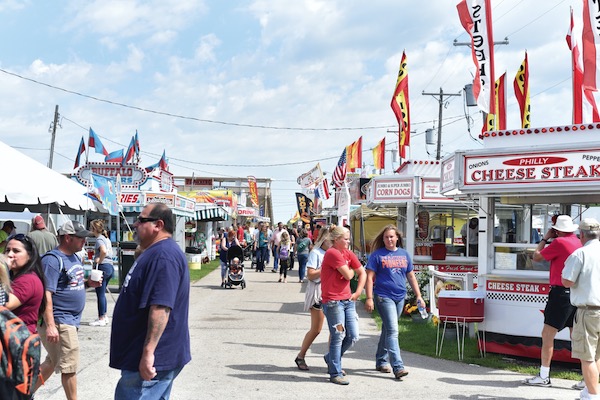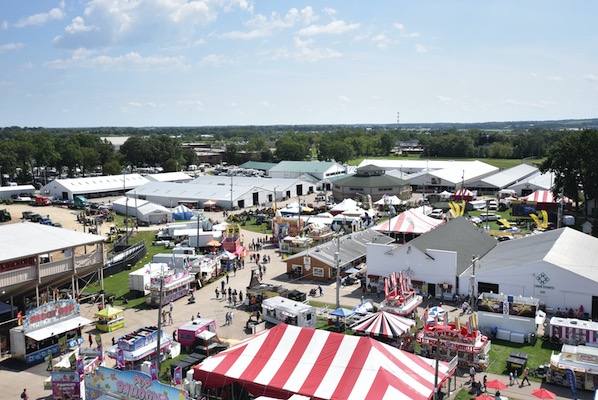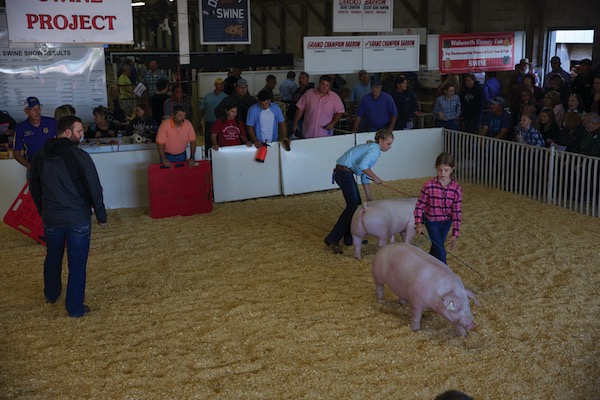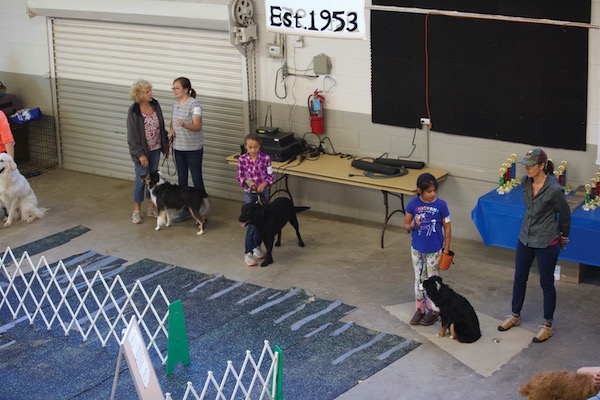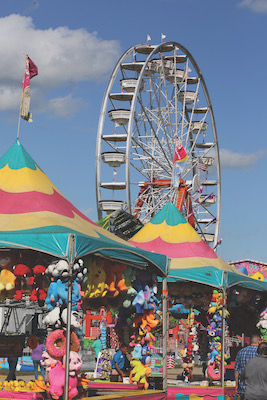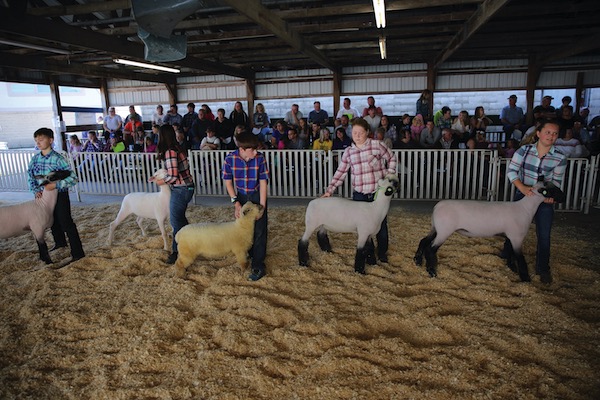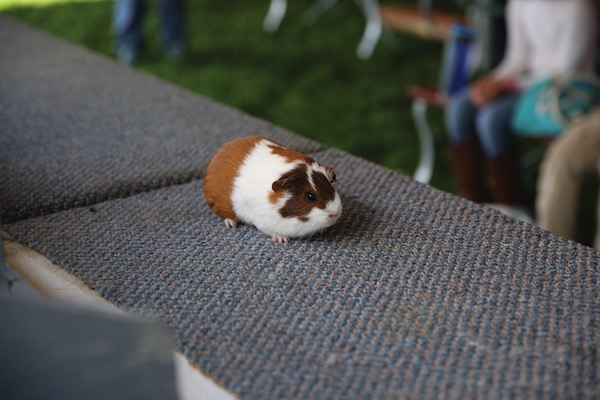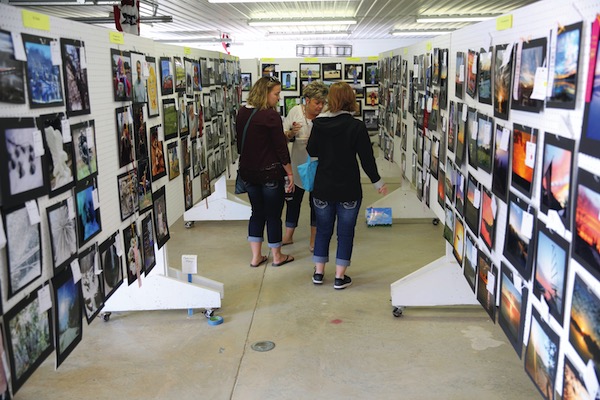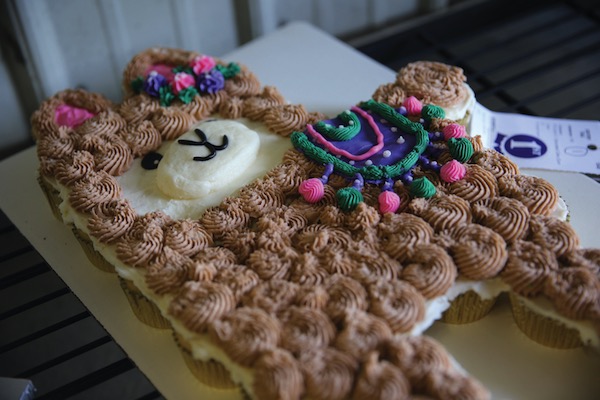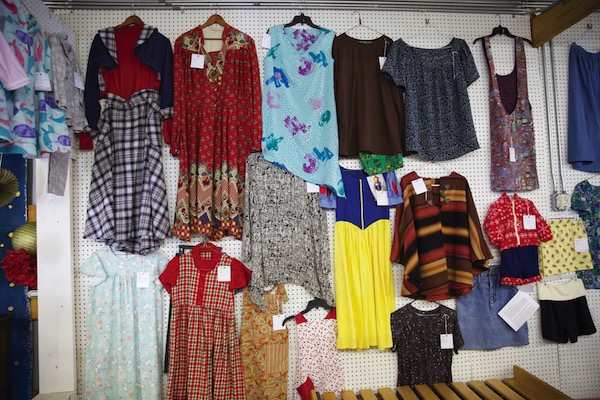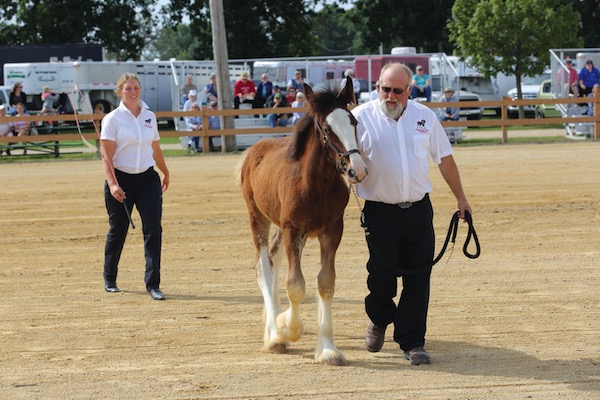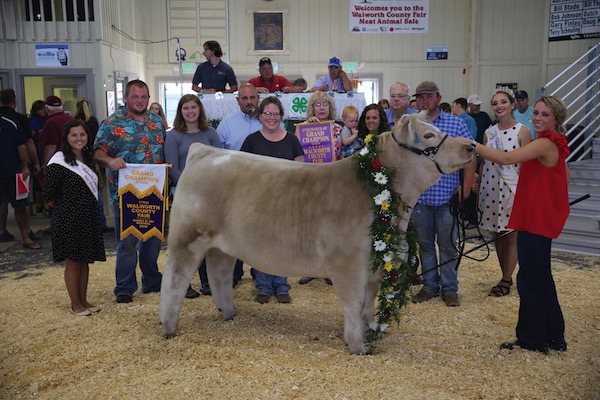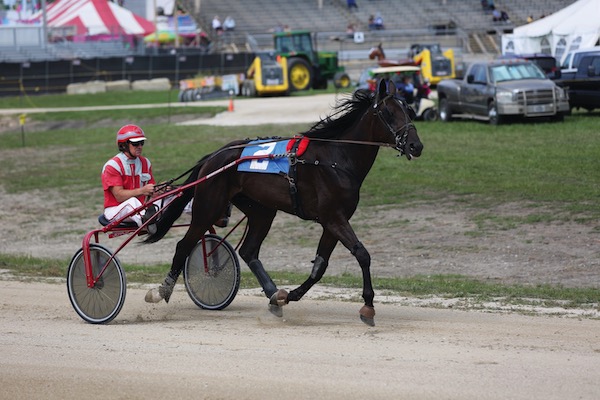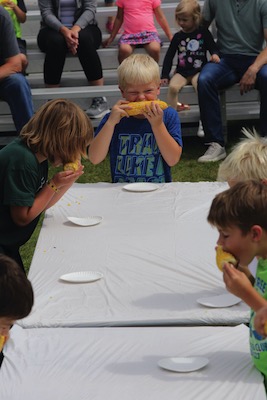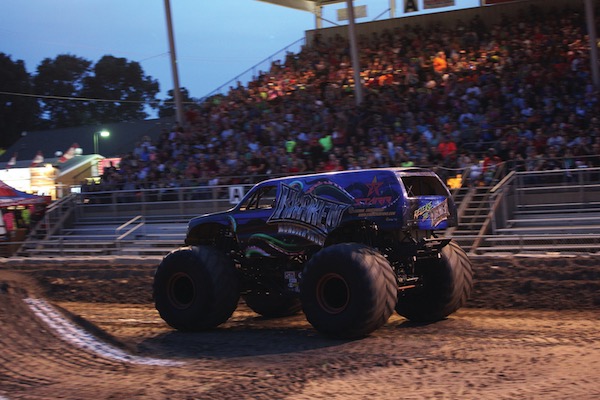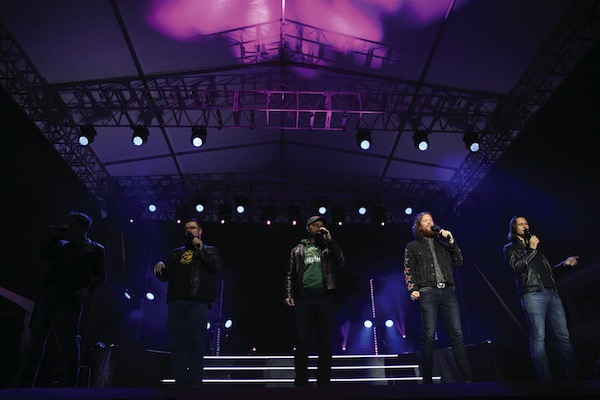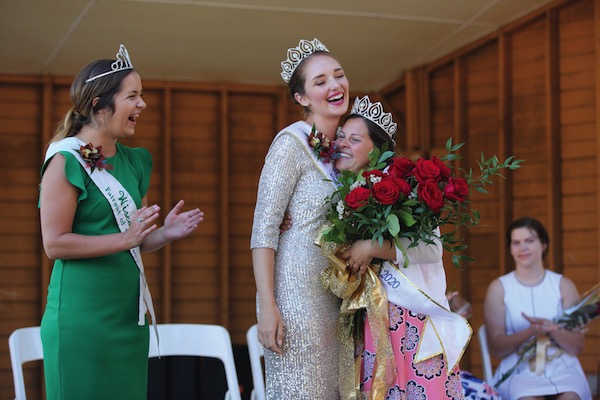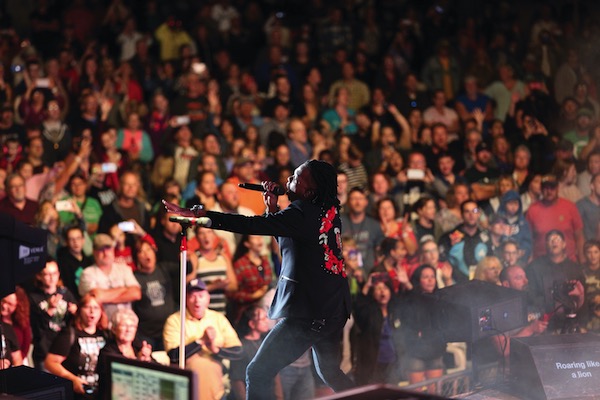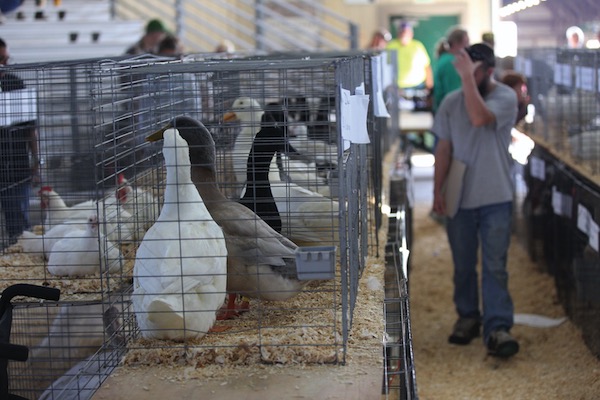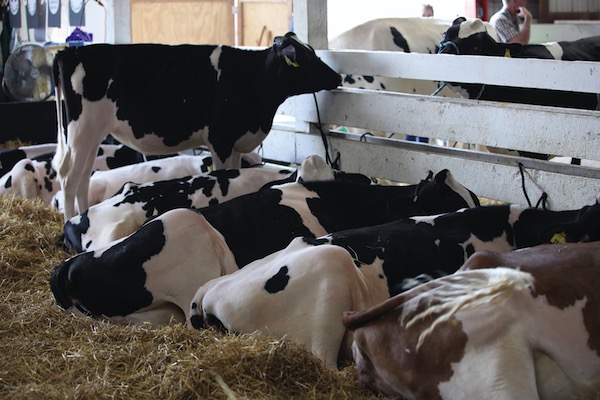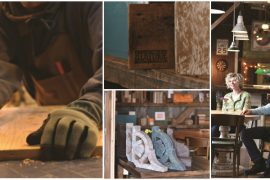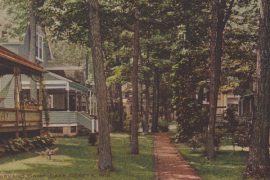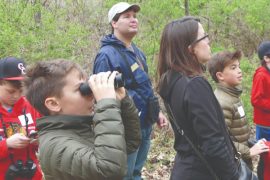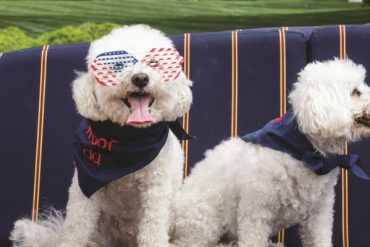Story by Amanda N. Wegner | Photography Courtesy Of Walworth County Fair
Since its start in 1849, the Walworth County Fair has grown to become the largest county fair in Wisconsin in terms of participation.
“The Walworth County Fair is the largest in the state — and not by a little,” says Larry Gaffey, general manager of the Walworth County Fairgrounds, which is located in Elkhorn. “No. 2 is half the size in terms of the amount of participation from area kids who are entering. We have over 1,500 registered exhibits — that’s a lot. It’s even larger than the state fair!”
As of press time, the 2020 Walworth County Fair was still scheduled for its annual run, which for many represents the summer’s final hurrah, with the six-day event wrapping up on Labor Day. This year’s dates are Wednesday, Sept. 2-Monday, Sept. 7.
“The fair has been around for a very long time and has become a treasured event for many families near and far,” says Bill Thompson, a 17-year veteran of the Walworth County Fair Board, its current president and a longtime fair participant. “It really is a special event.”
Many of the first visitors to the Walworth County Fair arrived by train. According to the fair’s website, at one time, there were 19 special trains that unloaded daily at the fairgrounds and left each evening. Trains came from Libertyville, Rockford and Freeport in Illinois, and Walworth, Beloit, Madison, Janesville, Milwaukee and Waukesha in Wisconsin.
A UNIQUE AFFAIR
Unlike most other county fairs that are run by their county, the Walworth County Fair is owned by Walworth County Agricultural Society, a membership organization. The ag society also owns the 99 acres that comprise the fairgrounds, and Gaffey not only works on the annual county fair, but other events, such as Elkhorn Rib Fest and Holiday Affair Craft Show, and with individuals and organizations that rent the grounds and buildings for their own events. “Most [fairs] are owned by their county,” says Gaffey, “so we are unique in that way. We have to earn our own living, so we approach the fair from a different perspective.”
Gaffey came to Wisconsin from Wyoming five years ago to give the ag society his assessment on how to run the fairgrounds and the fair. Gaffey got his start in the fair industry in Waterloo, Iowa, where he turned around the city’s historic yet struggling fairgrounds, the National Cattle Congress. (Fun fact: That site was home to the World Dairy Expo before it was moved to Wisconsin.)
“The very first day I fell in love with it,” Gaffey says of his entry in the fair industry, “and since then, it’s what I’ve done for a living. The people we work with are very focused in attaining their goal. Whether it’s a wedding, a horse show or a concert, they are planning for their event for more than a year, and we help them fulfill their goals, while working on our own with our events.” To sum it up: “It’s a great job.”
CHANGING WITH THE TIMES
As is the case with other industries and events, the Walworth County Fair has had to evolve with a changing society and increased competition. That includes competition for people’s entertainment dollars. Being centrally located in the Midwest, the competition is even more fierce with large festivals such as Milwaukee’s Summerfest, Country Thunder held in Twin Lakes and Lollapalooza in Chicago.
Gaffey explains that when artists sign contracts to participate in these festivals, the promoters require them to sign a clause that prohibits them from performing within a 250-mile radius of that festival for a certain amount of time. “With where we are located, it’s hard to think of an artist who hasn’t performed in the area in the year. It really affects all county fairs.”
To get around that, Gaffey negotiates directly with promoters to release artists from that 250-mile-radius restriction. While he can’t announce the performers until July, Gaffey says there are three concerts scheduled: a country artist, a rock band and a Christian rock band. “We are super excited because these are big names. People will know we stepped it up.”
In addition to having to work harder to secure top-notch entertainment, artists are also charging more, which requires a balancing act to ensure the Walworth County Fair remains affordable.
“Keeping the fair affordable for families is a super big challenge, and I think we’ve done a pretty good job,” says Gaffey. “We try to hold the line as much as possible, and because of that, our ticket prices haven’t really changed much.
Another challenge to county fairs, in general, is the transition away from traditional agriculture. As celebrations of farmers, ranchers and producers, of handmade goods and of the “authentic rural experience,” some county fairs struggle with participation and maintaining their traditional roots.
“County fairs are really about the accomplishments of kids and adults in the community and the projects they work on. A lot of county fairs are based in agriculture, and a lot of attendees of the fair are looking for that authentic rural experience,” says Gaffey. “But the challenge is that there are less and less farmers and ranchers producing livestock, and kids and adults in those professions have really diminished.”
But Walworth County continues to stand strong, thanks to hobby farmettes and families committed to providing their children with avenues to care for animals and create goods. “I was just visiting one of our fair families that raises pigs to show at the county fair,” says Gaffey. “For them, it’s just a hobby on a few acres, but they are doing it so their kids can learn how to take care of animals and to teach them where their food comes from. There’s a lot more of that, and fewer actual producers coming to and competing in the county fair.”
BACK TO OUR ROOTS
Gaffey believes the opportunity to get back to our roots keeps people coming to the Walworth County Fair year after year. “It’s the desire for people to have an authentic rural experience, to get close to and rub elbows with our roots in agriculture,” he says.
Last year, the fair attracted about 135,000 attendees. About 40% of the visitors come from Milwaukee and the surrounding area, and about 27% from Illinois, particularly the northwest suburbs. The rest are local attendees.
“The fair really draws from about a 90-mile radius,” says Chris Clapper, executive director of the Elkhorn Area Chamber of Commerce. “It’s such a great time, and you get to do so much from seeing the exhibits and getting up close to all the animals, to live entertainment in the evening in the grandstand, to the carnival rides, the fair food, the fair atmosphere. The Walworth County Fair offers everything for everyone in the family.”
And it’s not only a place to reconnect with agricultural roots, but to reconnect with people, says board president Thompson. “I think anybody who has grown up with the fair, they have so many friends at the fair and it’s a chance each year to renew relationships,” says Thompson. “You may only see them every year at the fair, but those relationships are really important.”
With three big grandstand concerts, a monster truck show that has sold out the last four years, the largest demolition derby in Wisconsin, a carnival, great food options, new contests, horse
shows, draft horse shows and tractor shows, there’s so much to do at the Walworth County Fair. But Gaffey would argue that the fair is less about the big names, big shows and bright lights and more about the exhibits that showcase the work and effort of local men, women and children, who put their work out for all to see.
“In reality, the carnival is a sideshow as are the concerts and grandstand. Instead, it’s about the kids and adults participating, who are brave enough to put something in competition against others,” says Gaffey. “There’s so much bravery and fellowship and encouragement; looking at the exhibits is a wonderful pat on the back and ‘Nice job [to the participants].’ And it becomes an experience that’s handed down generation to generation, because when you’re exposed to it, you have such a deeper appreciation for the fair. It really brings the community together that way.”

